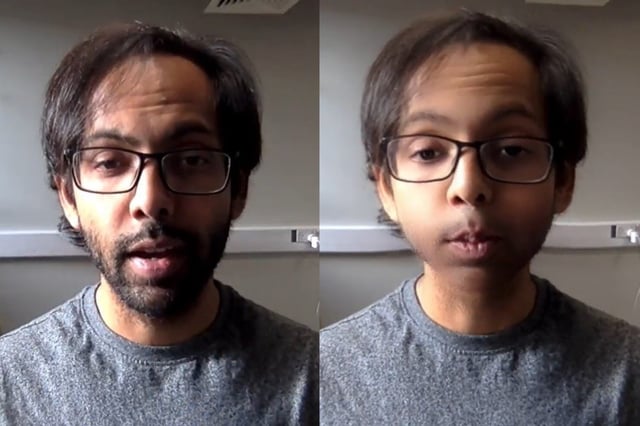Overview
- Neuroscientists at Anglia Ruskin University asked 50 adults to view a live feed of their face digitally altered to look childlike with movements mirrored in real time.
- A control group viewed an unaltered reflection before all participants completed autobiographical memory interviews covering early life and the past year.
- Those who embodied the childlike face produced significantly more episodic details about childhood than those who saw their adult face.
- The results, published in Scientific Reports, indicate that bodily cues may influence access to remote personal memories.
- Limitations noted in coverage include the modest sample size and the absence of measures for how closely the morphed face resembled participants’ actual childhood appearance.

